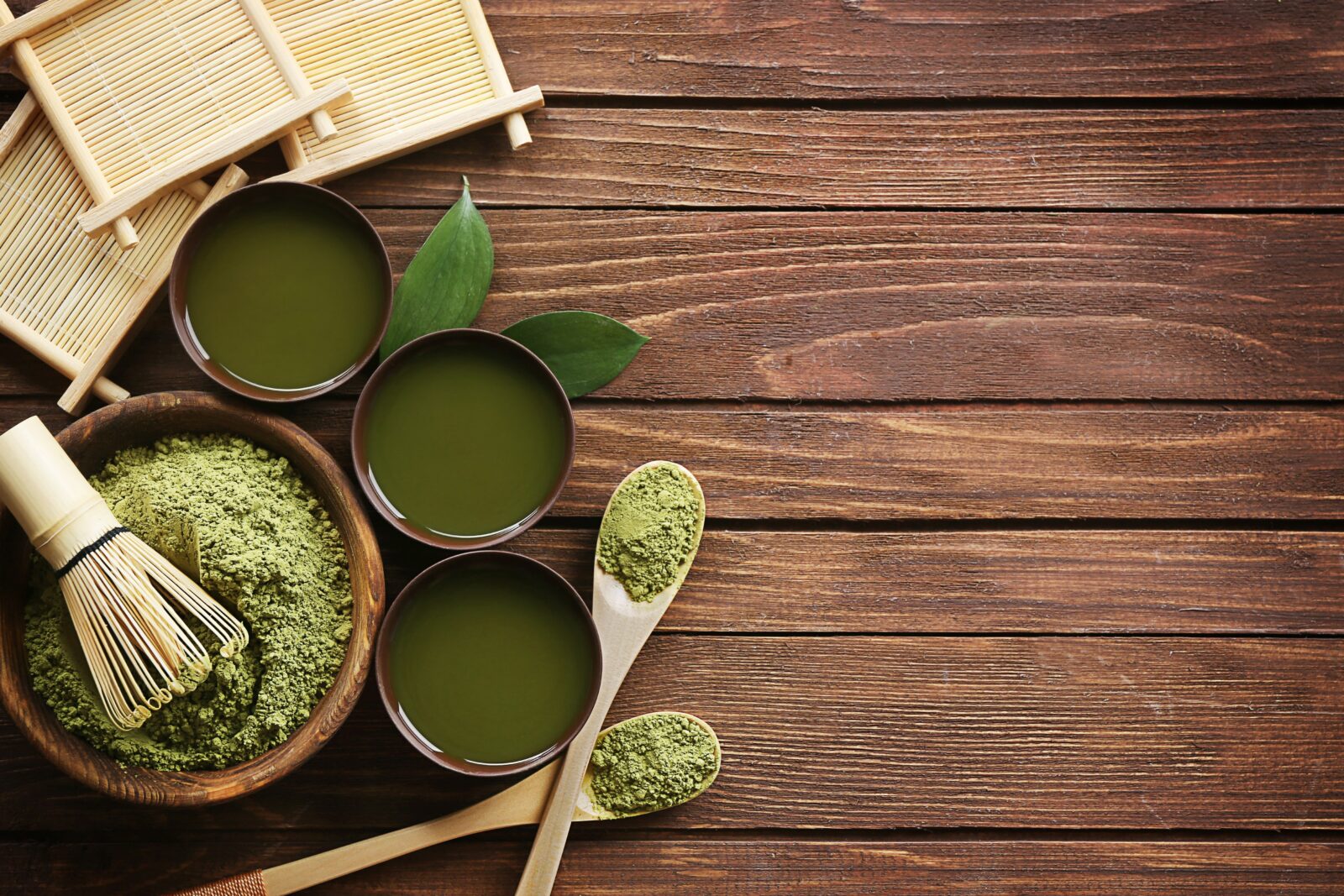
Green tea provides so many health benefits. The plant Camellia sinensis is the tea plant. It yields both black and green tea. Green tea is produced by lightly steaming the fresh-cut leaf, while black tea is produced by allowing the tea leaves to oxidize. During oxidation, enzymes present in the tea convert polyphenols to a different compound with varying pharmacological effects.
However, by lightly steaming the fresh tea leaf, oxidation is prevented because the steaming inactivates the enzymes. Green tea contains high levels of polyphenols with potent antioxidant and anti-cancer properties. Green tea is produced primarily in Japan, China, and certain countries in the Middle East and North Africa.
The key polyphenols in green tea are flavonoids: catechin, epicatechin, epicatechin gallate, epigallocatechin gallate (EGCG), and proanthocyanidins. Epigallocatechin gallate is considered the most significant active component. The usual concentration of total polyphenols in dried green tea leaves is around 8 to 12 percent.
Green tea also contains caffeine, theanine, lignan, organic acids, protein, and chlorophyll.
One cup of green tea contains approximately 300 to 400 mg of polyphenols, although a small percentage of the entire cup will be polyphenols and a smaller portion will be polyphenol epigallocatechin gallate.
Members Only Content
To continue reading please subscribe to WellnessPlus by Dr. Jess MD
Be your own best doctor with our comprehensive suite of online health coaching tools.
